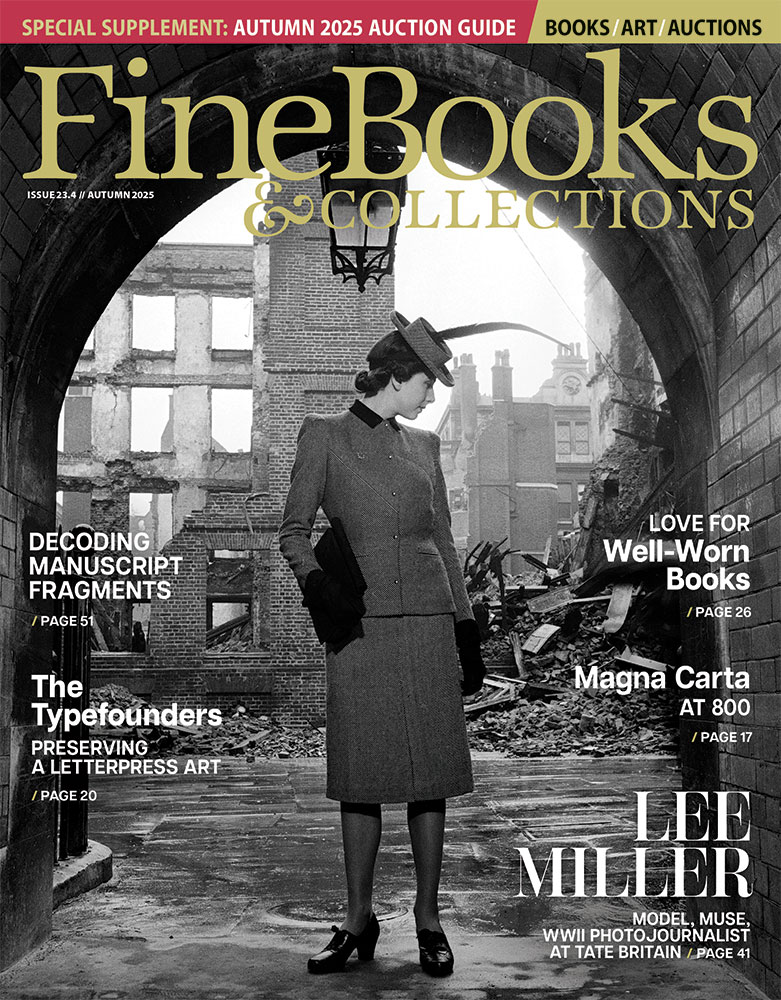Another round of major sales this week:
At Sotheby's London on Monday and Tuesday, July 9-10, English Literature, History, Science, Children's Books and Illustrations, in 322 lots. Highlights include an autograph leaf from Darwin's Origin (£120,000-180,000) and a number of other Darwin manuscripts, several E. H. Shepard ink drawings, including the original map of the Hundred Acre Wood (£100,000-150,000), a copy of the 1916 proclamation of independence of the Irish Republic (£60,000-80,000), and Charles I's copy of the Faerie Queen (£30,000-50,000).
Also on Tuesday at Sotheby's London, Part VIII of The Library of an English Bibliophile, in 247 lots. Lewis Carroll's annotated copy of the suppressed "sixtieth thousand" printing of Through the Looking Glass is estimated at £30,000-50,000. Two presentation copies of Steinbeck's The Grapes of Wrath, one to Darryl Zanuck (producer of the film adaptation) and one to Steinbeck's sister, are each estimated at £20,000-30,000. A number of other important association and presentation copies are on offer in this sale.
Tuesday will also see the sale of Western and Oriental Manuscripts and Miniatures at Dreweatts in London. One reader already pointed our attention to the interesting lot 62 depicting a doctor and two amputees, illuminated manuscript on parchment, c. 1410. The estimate is £5,000-7,000.
On Tuesday and Wednesday at Forum Auctions, The Rothamsted Collection: Rarities from the Lawes Agricultural Library. The first 259 lots, to be sold on Tuesday, include a copy of the first printed book on agriculture, Petrus de Crescentiis' Ruralia commoda (1471), estimated at £60,000-80,000. Leonard Digges' A Prognostication everlastinge of righte good effecte (1576), containing the first translation into English of Copernicus' work, could sell for £15,000-20,000. Lots to be sold on Wednesday include a great deal of material in the three-to-four-figure range, so if you've any interest in agricultural books, this catalogue will be worth a browse.
Christie's London sells Valuable Books and Manuscripts on Wednesday, July 11, in 393 lots. A copy of the Plantin Polyglot Bible, one of thirteen printed on vellum for King Philip II of Spain, rates the top estimate, at £400,000-600,000 (pictured). Pierre-Joseph Redouté's Les Liliacées (1802-1816), the first of his major botanical works, could sell for £350,000-500,000. A mid-15th-century Middle English manuscript of John Lydgate's The Fall of Princes once owned by Mary Sidney is estimated at £250,000-350,000. I could go on at great length about any number of the lots in this sale, but on we go ...
Returning to Forum Auctions for Thursday, July 12, they offer Fine Books, Manuscripts and Works on Paper, in 225 lots. A few of the expected highlights include a presentation copy of Charles Babbage's The Influence of Signs in Mathematical Reasoning (1826), inscribed by Babbage to Thomas Stevenson Davies, secretary of the Royal Astronomical Society (£10,000-15,000); a blue-paper copy of the first Italian translation of Euclid's Elements (Urbino, 1575), also estimated at £10,000-15,000; and a 1636 copy of Gerard's Herball, with contemporary hand-coloring (£6,000-8,000).
Also on Thursday, PBA Galleries sells Fine Americana - Travel & Exploration - World History - Cartography, in 703 lots. A 1779 edition of Great-Britain's Coasting Pilot is estimated at $5,000-8,000, as is a copy of a 1792 two-volume work featuring the first French edition of the U.S. Constitution and Bill of Rights. A long letter describing the 1871 Chicago Fire could sell for $4,000-6,000. Lots 610-703 are being sold without reserve.
Finally, there will be two sales at Chiswick Auctions on Thursday: Autographs & Memorabilia, in 235 lots, and The Library of Giancarlo Beltrame Part III and other Fine Antiquarian Books, in 362 lots. The first sale includes a Horatio Nelson letter to William Hamilton, the English ambassador to Naples (£4,000-6,000), and a Joseph Banks letter concerning the importation of botanical specimens (£2,000-3,000). Highlights from the second sale are expected to include a copy of the 1859 first edition of Edward Fitzgerald's translation of the Rubáiyát (£15,000-20,000), a set of David Copperfield in the original parts (£5,000-8,000), and the Roderick Terry copy of Thomas Gray's Elegy Wrote in a Country Church Yard, bound by Riviere (£5,000-8,000).



